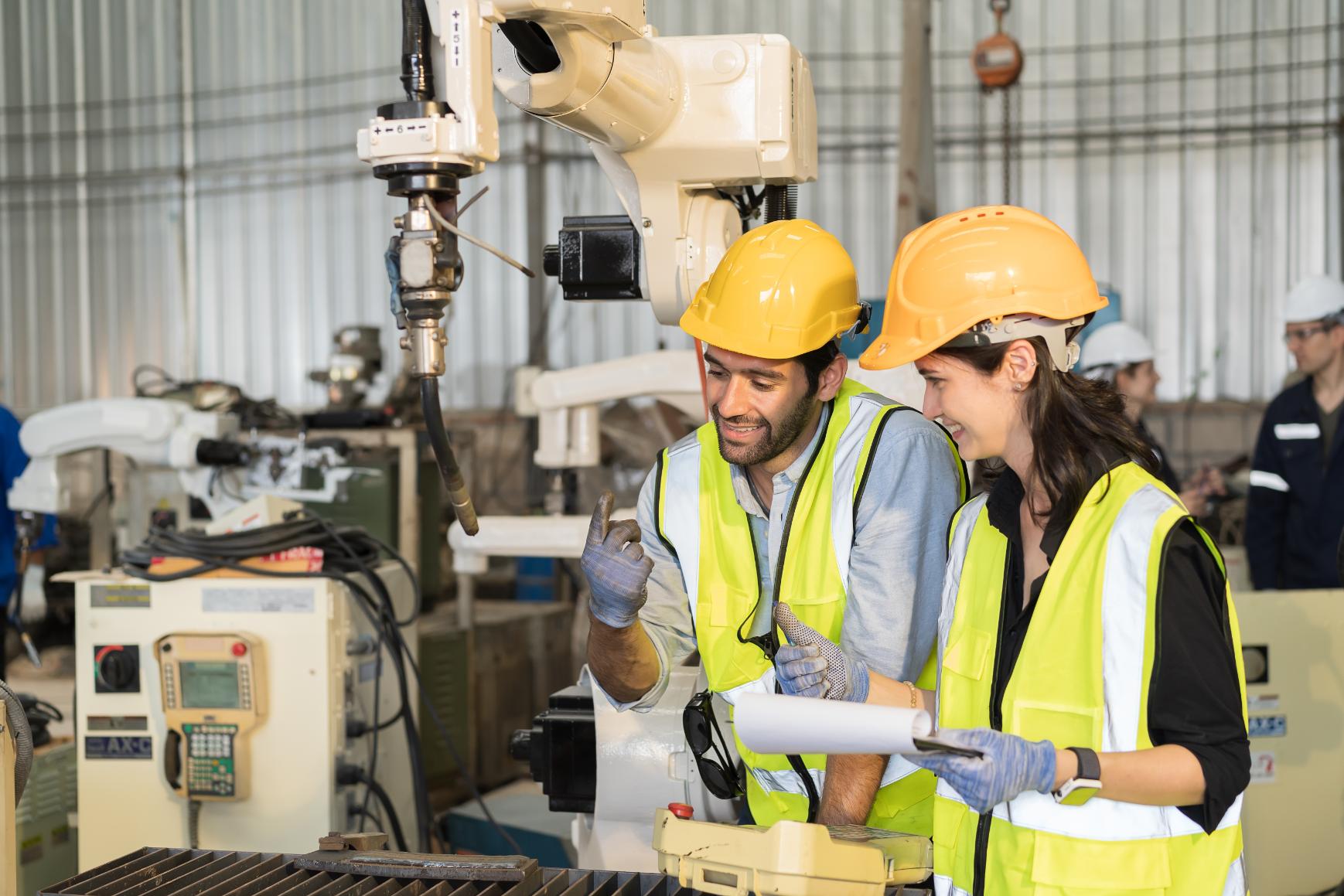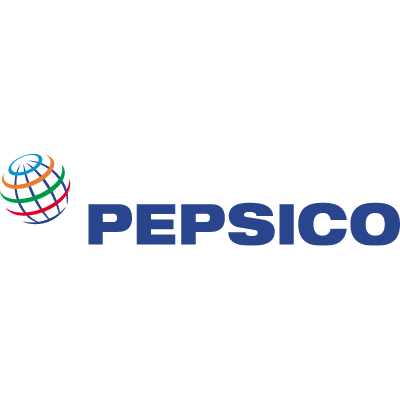This is the second article in a series dedicated to Industrial IoT solutions, written in cooperation with our partner Advantech, a global leader in intelligent IoT systems and embedded platforms. We would like to thank Mateusz Olszewski, Key Account Manager CEE at Advantech, and Adam Kosuń, Field Application Engineer at Advantech, for sharing their insights and valuable input.
As Clive Humby famously said, “Data is the new oil.” Like oil, data is valuable, but it needs refining to reach its full potential. In the industrial context, effective data processing starts with data acquisition. Sensors, flow meters, actuators, and other industrial IoT devices, as well as PLC controllers, all generate data that must be collected and transmitted for analysis.
In an ideal smart factory, all devices would come from a single manufacturer or use a unified protocol, with a single gateway collecting all the data. The collected data is then stored in a local database, sent to the cloud, or integrated with systems like BMS, MES, ERP, CMMS, or specific applications (e.g., for ESG reporting).
However, this ideal scenario, known as greenfield deployment, is rare in real-world industrial settings. More often, companies face brownfield deployments. Unlike greenfield projects, which start from scratch with modern infrastructure, brownfield deployments must navigate the constraints of legacy equipment, outdated protocols, and fragmented systems. To modernize them or add new elements like AI-driven analytics or automation systems, we need to integrate industrial IoT technologies into existing production environments.
In this article, we will break down the data acquisition strategy in brownfield deployments. In particular, we will discuss what data needs to be collected, how often it should be gathered, and where it should be stored and analyzed.
Data acquisition challenges in brownfield deployments
Unlike a greenfield setup, a brownfield factory is a patchwork of systems from different eras, built by different vendors, using different standards. Machines, sensors, and controllers don’t always speak the same language, making data acquisition a challenge. Proprietary protocols from manufacturers like ABB or Siemens often require workarounds, adding layers of complexity just to extract basic operational data.
Infrastructure is another roadblock. Many brownfield facilities were never designed for seamless data flow—there’s no unified wired network, no standardized data pipeline, and often no easy integration with higher-level software systems like MES or ERP. IoT sensors generate both analog and digital signals, which must be aggregated and processed before they become useful. Without a structured approach, valuable data gets trapped at the device level, leaving factories blind to potential optimizations.
Then there’s security. Legacy systems weren’t built with modern cybersecurity in mind, making them easy targets for breaches and unauthorized access. Devices, if unsecured, can become entry points for cyber threats, putting entire operations at risk. Retrofitting a brownfield facility isn’t just about collecting data—it’s about collecting it safely while ensuring it can be used effectively.
Data acquisition strategies in brownfield deployments
In brownfield deployments, the first step in data acquisition is extracting data from control systems such as SCADA, PLCs, or DCS. This is the most straightforward and reliable method, as it eliminates the need for additional hardware. However, access is not always guaranteed—vendor restrictions, proprietary business models (such as selling their own monitoring tools like OEE systems), and security measures can limit data availability. In many cases, only 50% of extraction attempts succeed, making alternative solutions necessary.
When direct access to PLC data is not possible, one approach is bypassing PLCs by installing remote I/O modules to capture signals before they reach controllers. This method allows for data extraction without interfering with existing systems. A good example is Advantech ADAM & WISE modules, which are available also in wireless versions, making them easy to implement without additional wiring. These modules help bridge the gap when controller access is restricted, ensuring that critical data is still collected.
Another solution is using IoT gateways, which act as intermediaries between legacy systems and modern data platforms, and IT systems. These gateways operate within the same subnet as industrial controllers, pulling critical data from DCS, SCADA, and PLCs while processing it at the edge before sending it to cloud-based or higher-level analytical platforms. This approach reduces latency and enhances real-time monitoring, making data more accessible for analysis.
A versatile tool in this space is WISE-EdgeLink, which supports a wide range of protocols and signal types, ensuring compatibility across different vendors. It simplifies the integration of analog signals, making it possible to aggregate and process data from both modern and legacy equipment. Additionally, WISE-EdgeLink offers APIs connectors, frontend web services, and databases, ensuring secure and efficient data integration with MES, SCADA, IoT hubs, cloud services, and IT systems. With its ability to process data at the edge, WISE-EdgeLink enables manufacturers to gain real-time insights, optimize operations, and streamline data acquisition in complex, multi-vendor environments.
What does real-time data monitoring really mean?
In the context of data acquisition and monitoring, a concept of real-time often appears. However, real-time data monitoring is not a one-size-fits-all concept—it depends on industry requirements and system capabilities. In industrial automation, real-time communication is enabled by protocols like EtherCAT and Time-Sensitive Networking (TSN), which ensure that critical data is transmitted with the highest priority. These protocols work in true real-time because the hardware includes dedicated components that guarantee low-latency data delivery, ensuring that time-sensitive signals reach their destination before less critical ones. In fields like energy networks, real-time communication must happen in milliseconds, whereas in manufacturing, a one-second update interval can still be considered “real-time” in a broader sense.
The key question is: How fast does data need to be collected? In many industrial applications, ultra-fast updates are unnecessary. For example, detecting a pressure spike, a machine shutdown, or an operational peak doesn’t require data to be transmitted every 0.2 seconds. In Industry 4.0, real-time monitoring often means collecting high-priority operational data every second—which is sufficient for most analytics and automation needs. Only at the control level (e.g., within machine PLCs) do millisecond-level reactions matter, such as when a bottle-filling machine stops and immediately signals the conveyor to halt.
Another crucial factor is determinism, meaning the system guarantees data delivery without loss or delay, even under heavy network traffic. In high-speed industries like chemical processing, where pressure fluctuations, leaks, or cavitation must be detected instantly, true real-time monitoring is essential. However, in sectors like furniture manufacturing, food & beverage, or pharmaceuticals, ultra-precise real-time data is rarely required. The challenge is balancing speed, accuracy, and practicality to ensure efficient and effective monitoring.
The benefits of data acquisition in Industry 4.0
Effective data acquisition transforms industrial operations by providing real-time visibility, optimizing costs, and enabling predictive maintenance. With continuous monitoring of Overall Equipment Effectiveness (OEE) and Total Equipment Effectiveness (TEE), manufacturers gain a clear understanding of how their factory operates—not based on outdated reports but with live, actionable insights. This allows for faster decision-making, reducing downtime and improving efficiency.
Integrating production data with sales and accounting systems also offers significant financial advantages. By tracking real production costs in real time, companies can understand the true cost of manufacturing a single product—whether it’s a chicken fillet or a car part—and adjust pricing strategies accordingly. This is particularly crucial in industries affected by fluctuating energy costs, where traditional cost estimates quickly become obsolete.
Finally, predictive maintenance powered by data acquisition prevents unexpected failures and reduces maintenance costs. By detecting anomalies early—such as pressure spikes, wear patterns, or temperature fluctuations—factories can address potential failures before they cause unplanned downtime. This shift from reactive to proactive maintenance not only improves operational stability but also extends the lifespan of critical equipment, making industrial processes more reliable and cost-effective.
Key takeaways
- Start with what you have—in brownfield deployments, standardizing equipment is rarely an option. Instead of overhauling infrastructure, factories should leverage existing systems and focus on practical data acquisition strategies.
- Prioritize data sources—extracting data directly from PLCs is the most reliable approach. When that’s not possible, IoT gateways can bridge the gap, ensuring seamless data flow without disrupting operations.
- Focus on critical data—not all signals need time-sensitive or real-time processing. Overloading networks with unnecessary data creates inefficiencies. Instead, manufacturers should identify and prioritize the most valuable data points for analysis.
- Awareness is key—many factories reinvent the wheel, investing in costly custom solutions instead of using proven, off-the-shelf technologies. Understanding existing tools can accelerate digital transformation and reduce implementation costs.
Should you need support with your next IIoT project, we are eager to help. Together with our partner Advantech, we can build your IIoT network from the ground up, covering both hardware and software layers. Drop us a line at sales@fabrity.pl to discuss the details.









